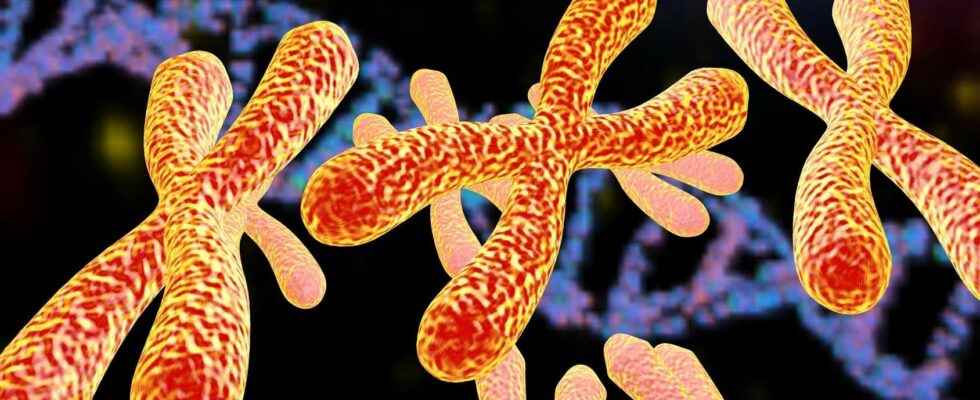It is a diagnosis made 1,000 years after the death of the patient. Australian scientists have detected a genetic disease in a man living in XIe century, making him the “patient 0” of this syndrome.
You will also be interested
[EN VIDÉO] Interview 5/5: are genetic diseases hereditary? A genetic disease is due to an anomaly of one or more chromosomes, which leads to a malfunction of certain cells in the body. Jean-Louis Serre, professor of genetics, tells us more about these diseases.
A 1,000-year-old skeleton buried in northeastern Portugal is the oldest case of Klinefelter’s disease, according to a recent publication in The Lancet. The scientists of theAustralian National University used several methods to diagnose their “patient” because working with samples ofDNA so ancient is a scientific challenge. ” We were excited as soon as we looked at the results. Nevertheless, ancient DNA is often degraded, of poor quality and scarce so we were cautious at first », says Joao Teixeiraresearcher atAustralian National University.
The first case of Klinefelter’s disease
DNA samples taken from this man, who lived in XIe century according to carbon 14 dating, have been analyzed from every angle. The quantities of exploitable DNA not being sufficient to reconstitute a karyotype complete, so scientists used a probabilistic method to reconstruct the complete picture of human chromosomes. The results indicate that he had two XX chromosomes and a Y chromosomeor 47 XXY — one of phenotypes the most frequent forms of Klinefelter’s disease which endow the men concerned with a sex chromosome (X or Y) extra.
This diagnosis is supported by several observations physical on the skeleton. The individual, over 25 years old, was the tallest at the Torre Velha site in Portugal. However, people with Klinefelter’s disease are often tall. The man also had hips outside the averages presented by individuals of his time: 289 mm against 261.8 mm on average. The bad position of his jaw, too forward or undershot, is also a frequent sign of Klinefelter’s disease.
This chromosomal abnormality affects approximately one in 500 men according to the latest available results, so it is not a rare disease. Symptoms appear atadolescence and change very little in adulthood. The men concerned often have fertility problems and their extra sex chromosome favors the onset of certain diseases.
Interested in what you just read?
